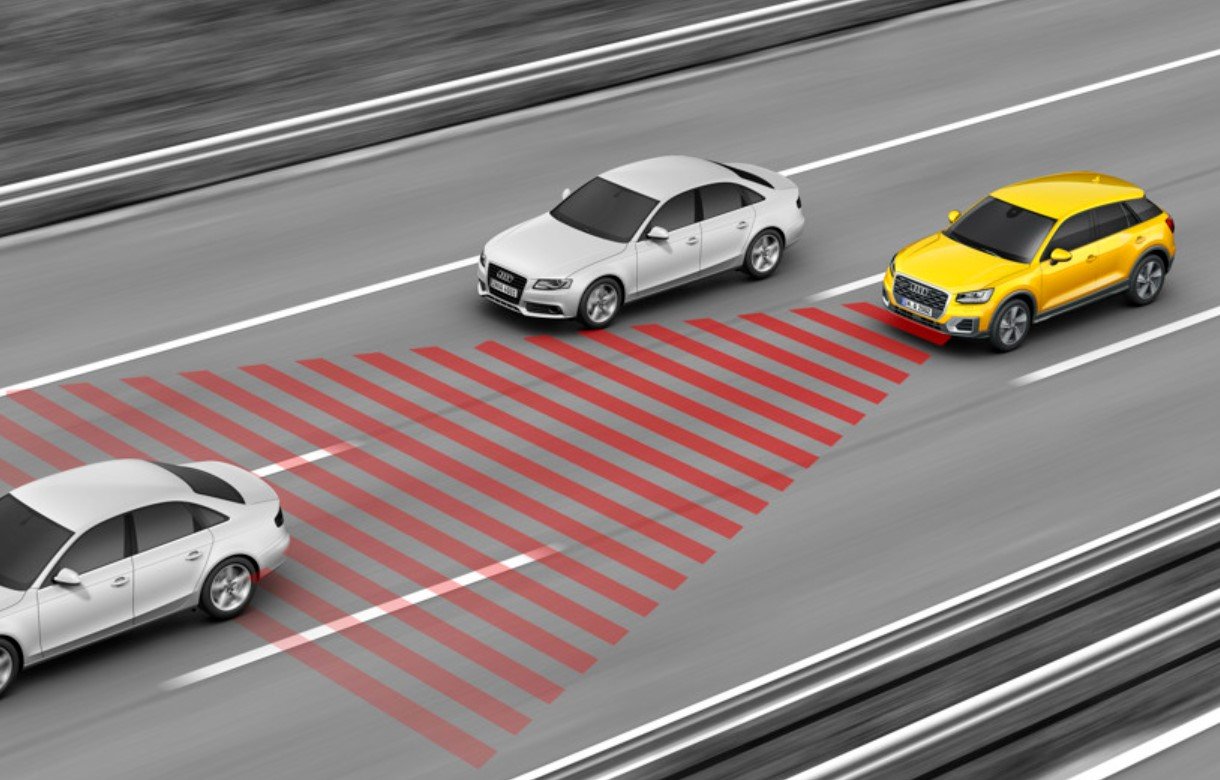Advanced Driver Assistance Systems (ADAS) have been marketed as a game-changer in road safety, but a new study from the Netherlands challenges the perceived benefits of some key features. The report suggests that certain ADAS functions, particularly cruise control and its adaptive variant, may actually increase the likelihood of accidents rather than prevent them.
Researchers Examine 28 ADAS Functions for Safety Impact
The study evaluated 28 different ADAS functions to determine their impact on driver safety. These features were divided into four categories based on their level of control and urgency:
- Informing Systems – Features like Tyre Pressure Monitoring System (TPMS), which provide information without direct intervention.
- Warning Systems – Alerts such as Cross Traffic Alert, which warn drivers of potential hazards but do not take control.
- Intervening Systems – High-control, high-urgency features like Lane Keep Assist that actively intervene to prevent crashes.
- Comfort-Enhancing Systems – Features like smart parking assist, which improve convenience but do not directly enhance safety.
According to the study’s findings, Informing, Warning, and Intervening Systems either had no impact on accident likelihood or actively reduced the risk. For instance, TPMS was found to have no measurable effect on safety, while the Driver Monitoring System decreased crash probability by 14%. Similarly, Lane Keep Assist reduced crash rates by 19.1%, highlighting its effectiveness in preventing lane-departure-related incidents.

Cruise Control Found to Increase Accident Risk
Among the 28 ADAS functions analyzed, only two—standard cruise control and adaptive cruise control—were found to increase accident risk. These functions fall under the Comfort-Enhancing Systems category.
- Standard Cruise Control – Increased crashes by 12%, making it the most concerning function in the study.
- Adaptive Cruise Control (ACC) – Increased crash risk by 1.8% in one dataset, while another dataset showed an 8% increase. However, some datasets indicated ACC could be beneficial in certain situations.
The common denominator in these incidents? Driver distraction. Both cruise control systems allow drivers to relax, leading to reduced attentiveness. Standard cruise control poses an even greater risk, as vehicles equipped with it may lack emergency braking or other intervention-based ADAS functions.
Why Cruise Control Contributes to Accidents
The primary issue with both standard and adaptive cruise control is their impact on driver alertness. With speed being automatically managed, drivers may become complacent and lose situational awareness. This is particularly dangerous because:
- A momentary lapse in attention can be fatal. Drivers using cruise control may not react as quickly to sudden changes in traffic.
- Standard cruise control lacks braking intervention. Unlike adaptive systems, traditional cruise control does not slow the vehicle when obstacles are detected.
- Even adaptive systems have limitations. While ACC adjusts speed based on surrounding traffic, it can still create a false sense of security, causing drivers to rely too much on automation.
This study reinforces what some safety experts have been warning for years—cruise control, when used without proper attention, can be more of a liability than a benefit.
The Need for Complementary Safety Features
One of the key takeaways from the study is that cruise control systems should not operate in isolation. To mitigate their risks, automakers may need to ensure these features are paired with other ADAS functions, such as:
- Automatic Emergency Braking (AEB) – Can prevent crashes by automatically stopping the vehicle when a collision is imminent.
- Driver Monitoring Systems (DMS) – Helps keep the driver engaged and alert, reducing distraction-related incidents.
- Lane Keep Assist – Can correct steering if the driver drifts out of their lane while using cruise control.
Integrating these additional safety measures could significantly reduce the drawbacks associated with cruise control while preserving its convenience.
What This Means for the Future of ADAS
As the automotive industry moves toward increasingly automated driving, findings like these highlight the need for a more thoughtful approach. While ADAS functions have shown great promise in enhancing road safety, their effectiveness depends on how they interact with human drivers.
- Automakers may need to refine how cruise control operates. The findings could prompt changes in how these systems are designed, possibly requiring more frequent driver engagement.
- Regulators may consider new safety requirements. Authorities could push for mandatory pairing of cruise control with other ADAS features like AEB.
- Consumers should remain cautious. Drivers must be aware of the limitations of their vehicle’s ADAS suite and avoid over-relying on automation.
The study’s findings serve as a reminder that technology alone cannot eliminate human error. Until fully autonomous vehicles become a reality, driver attentiveness will remain a critical factor in road safety.









